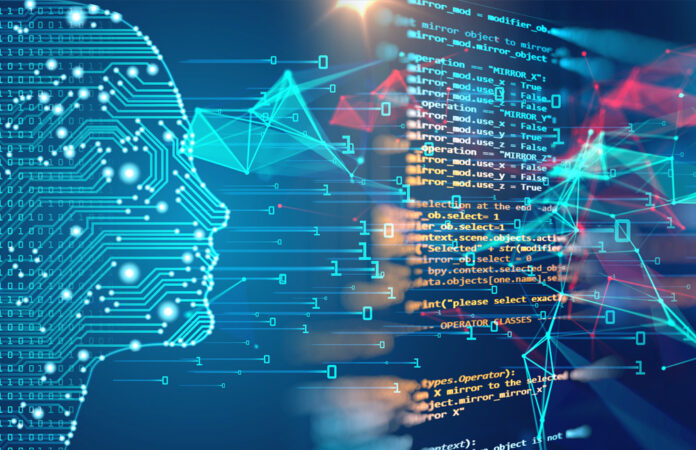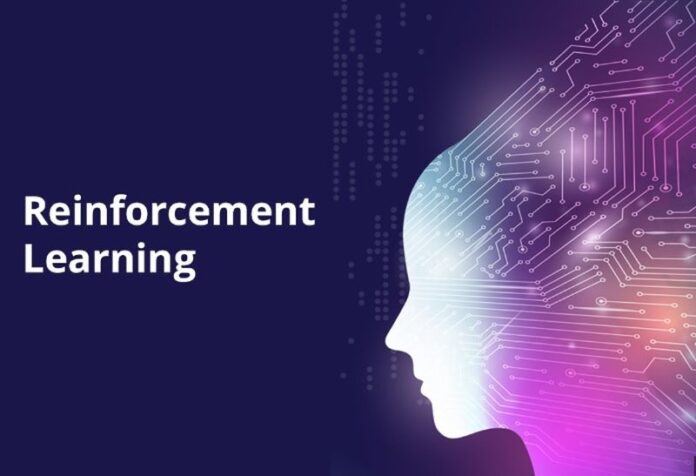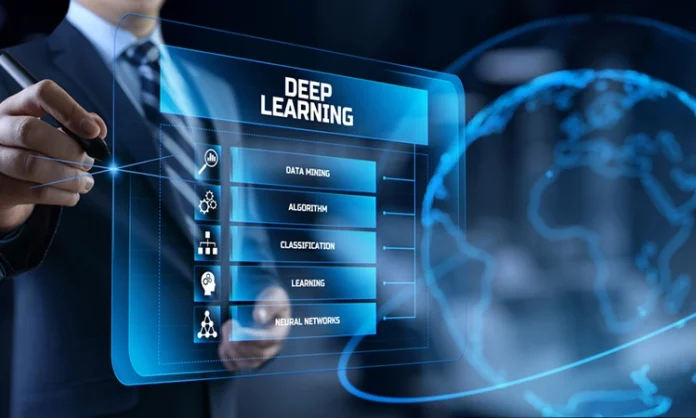
Machine learning is rapidly becoming entrenched in the information technology industry, with its advantages spreading to multiple business sectors. In its nascent phase, machine learning has already become a widely-adopted technology. This field of study allows computers to learn from experience and modify their programs independently. Moreover, it emphasizes the capability of computer systems by drawing data from many sources.
WordPress website developers always look for new and creative ways to solve problems. A strong understanding of basic concepts in Machine Learning will surely give them the leading edge needed to keep going rapidly. As an ever-evolving field, it’s essential to stay current on the changing landscape of technology. Knowing the basics is a great start. At its core, machine learning is based on algorithms, which involve acquiring knowledge from data and then using it to solve predictive problems. In this blog post, we will go through the basic concepts of machine learning. So, let’s get into it.
Supervised Learning Concept

Machine learning is a process that relies on algorithms to interpret given data in search of a solution to various problems. The first concept to grasp when it comes to mastering machine learning is supervised learning, where the algorithm is taught how to respond to new data using examples. It feeds a supervised algorithm labeled input-output pairs, so it knows what output to provide when presented with various inputs.
In this way, the algorithm learns from experience and then applies what it has learned in the future. Supervised learning is the basis behind statistical models, but it can be applied in numerous ways, such as object recognition, speech processing, robotics, and natural language processing.
Unsupervised Learning Concept
Unsupervised learning seems fascinating in theory, though daunting when digesting the walkthrough. Fortunately, it can be grasped quite easily with a basic understanding of how it works. This concept involves using data inputs without labels or answers. Algorithms use patterns and relationships to analyze the data and make predictions to crack this nut.
Several techniques under this concept focus on finding clusters of data points, while others try to develop new comments from an input file. These methods’ ability to reveal hidden structures within raw data is beginning to revolutionize the industry. There will always be something magical about watching a once-enshrouded meaning crawl out of thin air at your fingertips. For example, unsupervised learning has been used in medical imaging to detect early signs of cancer or other diseases. This automated approach can be used more quickly and accurately to identify medical issues.
Reinforcement Learning Concept

Reinforcement learning is far more complex than standard machine learning concepts, but it can reap incredible rewards if harnessed correctly. With this technique, a ‘virtual agent‘ learns from its environment by receiving rewards for good behavior and facing penalties for incorrect ones. In real-world terms, this could be used to build an app that creates wallpaper from user data. The outcome that earns the most ‘points’ from users would dictate the most successful design.
By experimenting with our choices and implementing external feedback into our decision-making process, reinforcement learning has limitless potential for creative problem-solving tasks.
Semi-Supervised Learning Concept
Semi-supervised learning is a powerful concept in machine learning that bridges the gap between supervised and unsupervised learning. It utilizes both labeled and unlabeled data to build accurate models more quickly. You can employ it to build a wallpaper-making app or content generator.
Semi-supervised learning can help label pre-existing images with default tags, enabling us to identify the wallpapers and build our dataset quickly. Having fewer labeled data points while gaining valuable insights from large amounts of unlabeled data makes semi-supervised learning an invaluable concept for developers. For example, when used in medical diagnostics, it can reduce the cost and time associated with training large datasets.
Deep Learning Concept

Deep learning goes beyond what standard machine learning technologies can do. It puts a stronger emphasis on both the structure and features of data, enabling machines to learn complex patterns independently. While traditional machine learning technologies are essentially trained to identify previously-defined patterns, Deep learning can form its representation of each piece of data without pre-defined categorizations or labels.
It gives it a distinct advantage over conventional methods in more advanced tasks such as speech recognition, object identification, and automatic language translation. Deep learning has revolutionized how machines interact with data and has become an indispensable part of the machine learning arsenal in this ever-evolving technological world.
Transfer learning Concept
Transfer learning allows us to use the knowledge gained from an initial training task to improve all subsequent related tasks. This technique allows us to take advantage of existing datasets and models, allowing us to use those resources in ways that weren’t useful before: the model can now be reused, shared, and improved across multiple applications.
Despite being new to many users, transfer learning is becoming increasingly popular and versatile, helping developers to solve multidimensional problems such as audio-visual recognition, image segmentation, natural language processing, and drug recommendation. So if you’re just getting your feet wet with machine learning or looking for ways to push existing projects further, don’t ignore transfer learning.








